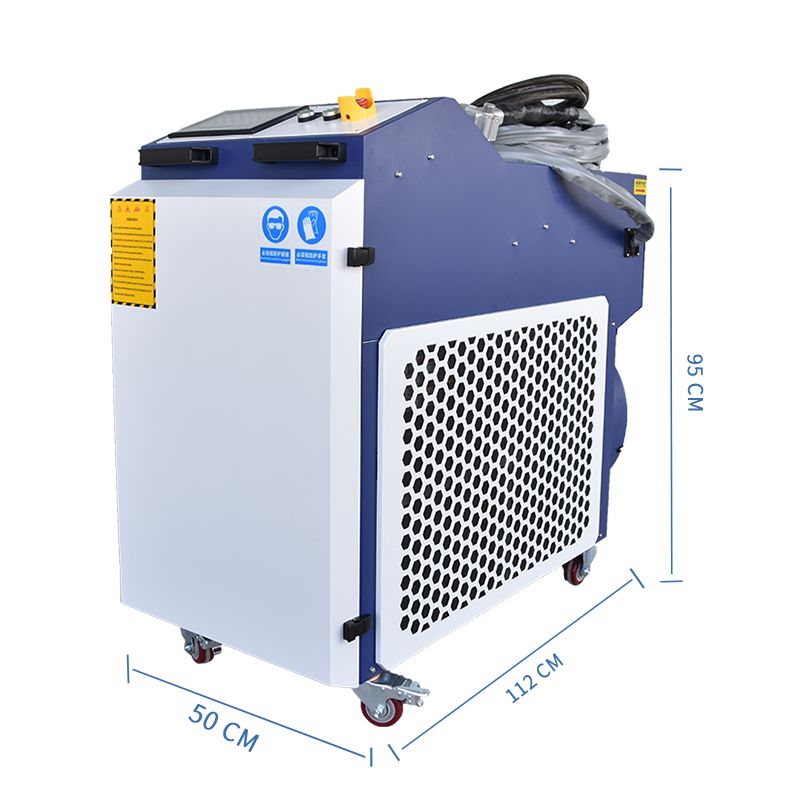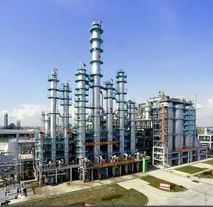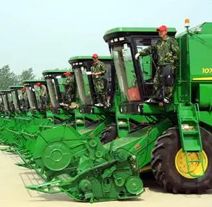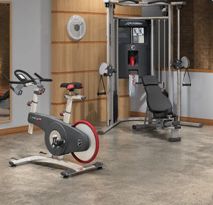3KW handheld laser welder
Product Introduction
Introduction
With the rapid development of technology, handheld laser welding machines have been widely used in the rail transit industry as an efficient and high-precision welding equipment. Its advantages include high speed, high precision, high quality, low cost, etc., making it play an important role in vehicle manufacturing, track maintenance, and repair.
Working principle of handheld laser welding machine
Handheld laser welding machines mainly use high-energy laser beams to irradiate the metal surface, causing it to quickly melt and cool, forming welds. It mainly consists of lasers, power supplies, optical systems, control systems, etc. The laser generates a laser beam, the power supply provides energy, the optical system is used for guiding and focusing, and the control system is responsible for controlling the entire welding process.
The advantages of handheld laser welding machines
Efficiency: The handheld laser welding machine has extremely high welding speed, several times faster than traditional welding methods, greatly improving production efficiency.
High precision: Laser welding can achieve precise fixed-point welding, reduce heat input to the base material, and avoid deformation and welding defects of the base material.
High quality: Laser welding has high weld strength, good density, and no defects such as pores, significantly improving welding quality.
Low cost: Laser welding has a high degree of automation, reducing labor costs; Meanwhile, due to its high efficiency, it also reduces production costs.
The Application of Handheld Laser Welding Machine in the Rail Transit Industry
Vehicle manufacturing: In the manufacturing process of rail transit vehicles, handheld laser welding machines are mainly used for welding key components such as vehicle bodies, carriages, and bogies. Its efficient and high-precision characteristics have brought huge advantages to vehicle manufacturing.
Track maintenance and repair: During the track maintenance and repair process, handheld laser welding machines can be used for the splicing and repair of steel rails, as well as the welding of track accessories. Its advantage lies in the ability to complete a large amount of work in a short period of time without affecting the surrounding structure and equipment.
Conclusion
As an advanced welding equipment, the application of handheld laser welding machines in the rail transit industry has demonstrated its unique advantages. Its high efficiency, precision, quality, and low cost make it an important tool in the rail transit industry. With the further development of technology, the application of handheld laser welding machines will become more widespread, and their role in the rail transit industry will also become more important.
TECHNICAL PARAMETER
| Model | HRC-W-3000W | Power | 3000w |
| Laser wavelength: | 1080nm | Working mode: | Continuous laser |
| Welding gap requirements: | ≤0.5mm | Machine power: | 11KW |
| Optical fiber length: | 5M-10M(customizable) | Operating temperature range: | 15-35℃ |
| Working humidity range: | <75% no condensation | welding thickness (penetration); | ≤3mm |
| Applicable materials: | carbon steel, stainless steel, galvanized sheet, copper, aluminum, etc. | Welding speed: | 0-120mm/S |
| Machine size: | 1190mm*670mm*1120mm | Machine weight: | 315KG |
Welding Sample


About Our Factory

Packing & Shipping


The machine would be packed in solid wooden crate for international shipping, suitable for sea, air and express transportation.















